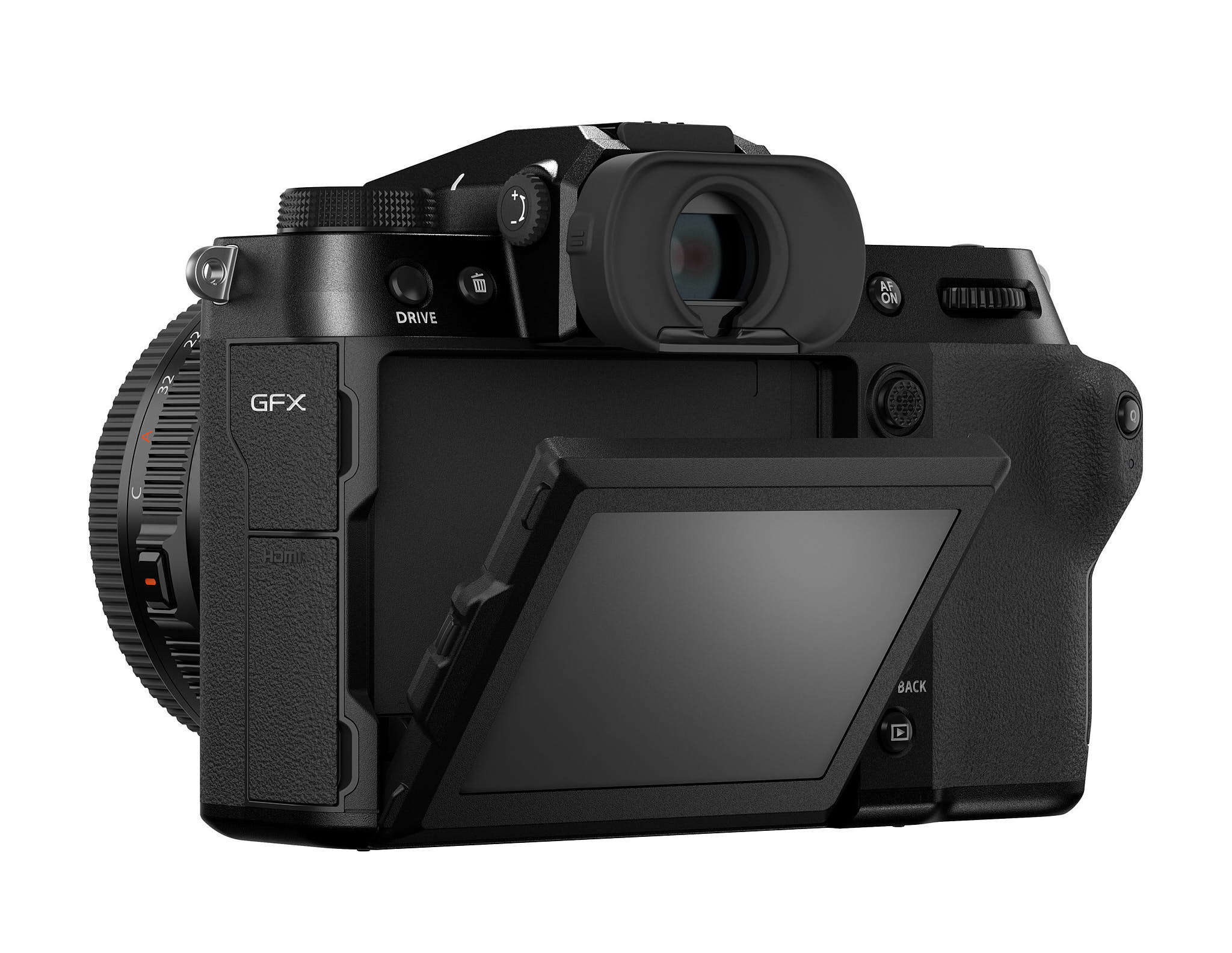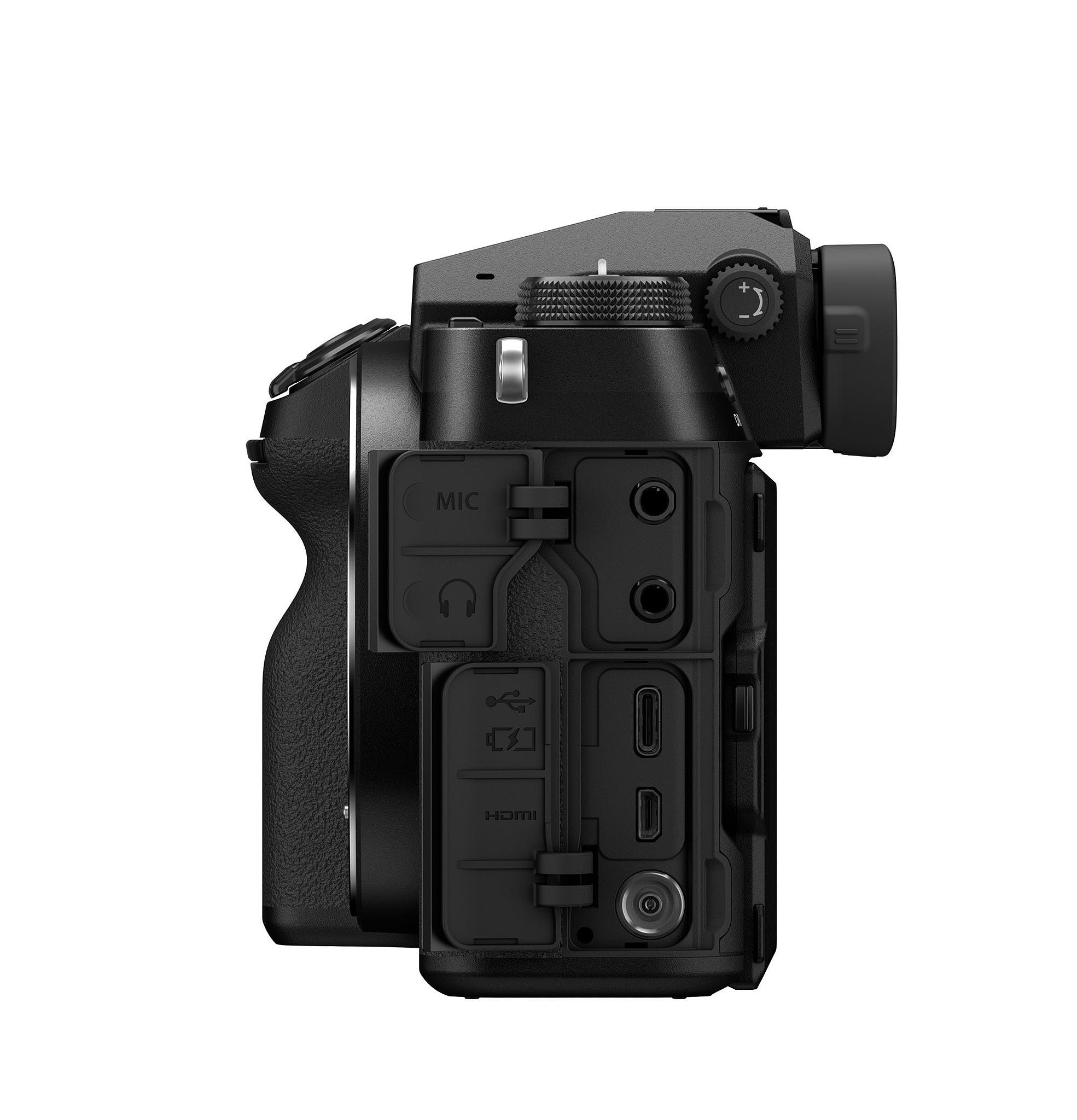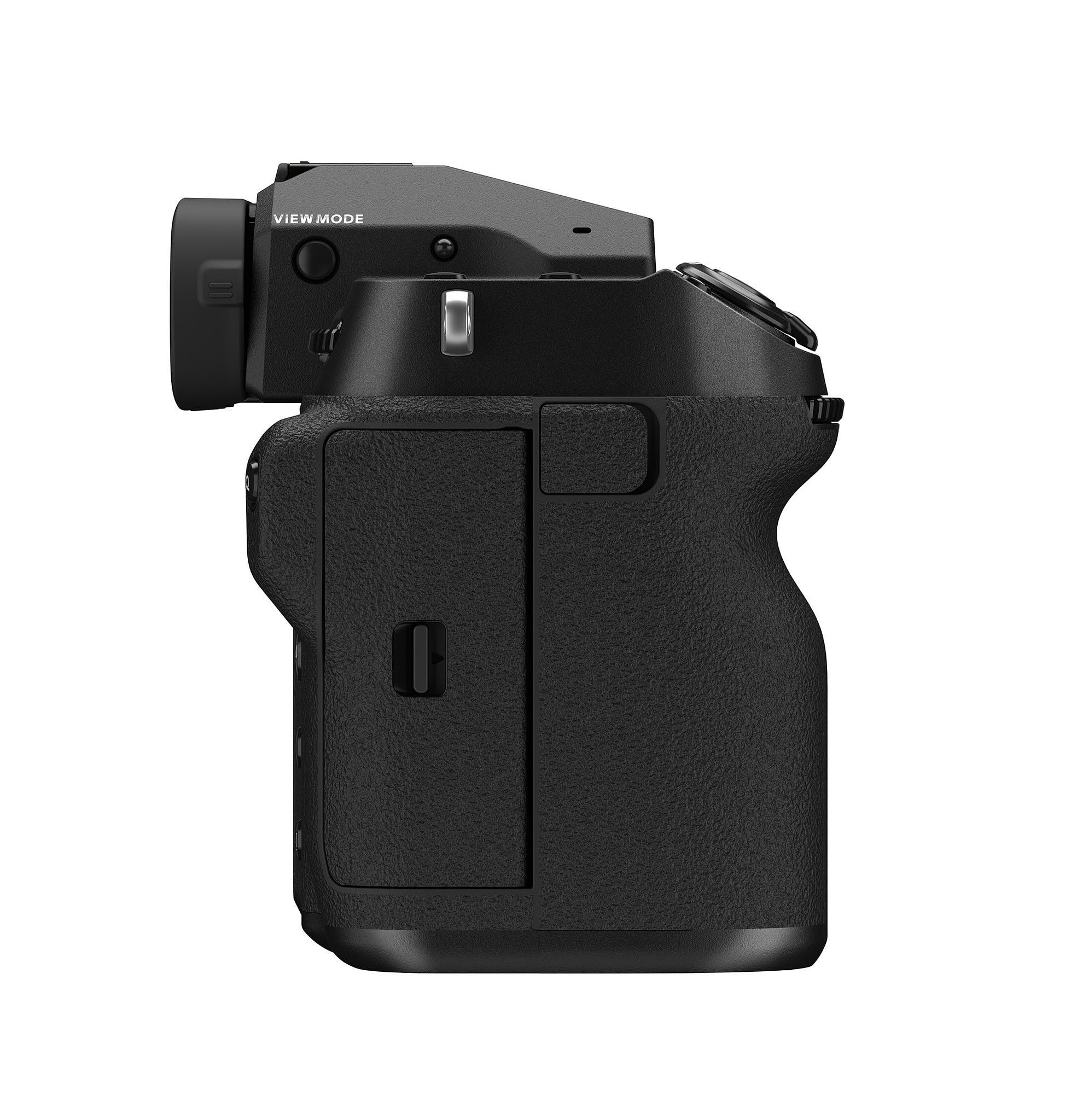There have been a number of “leaks” from Nokishita and Fujirumors in regards to the upcoming Fujifilm GFX 100S and from what has been leaked so far, it looks very impressive! Back in 2018, when I joined the Fujifilm medium format club, one of the exciting things I mentioned was that we would be riding along with Fujifilm on a journey as they evolve the platform.
With the imminent announcement of the GFX 100S, I think we’ll see that faith and investment in the journey pay off handsomely. The new camera appears to hit all the right checkboxes for what we’ve wanted in a medium format camera. The rumours, which are likely fed from Fujifilm themselves, provide for a tantalizing upgrade to my current GFX 50R.
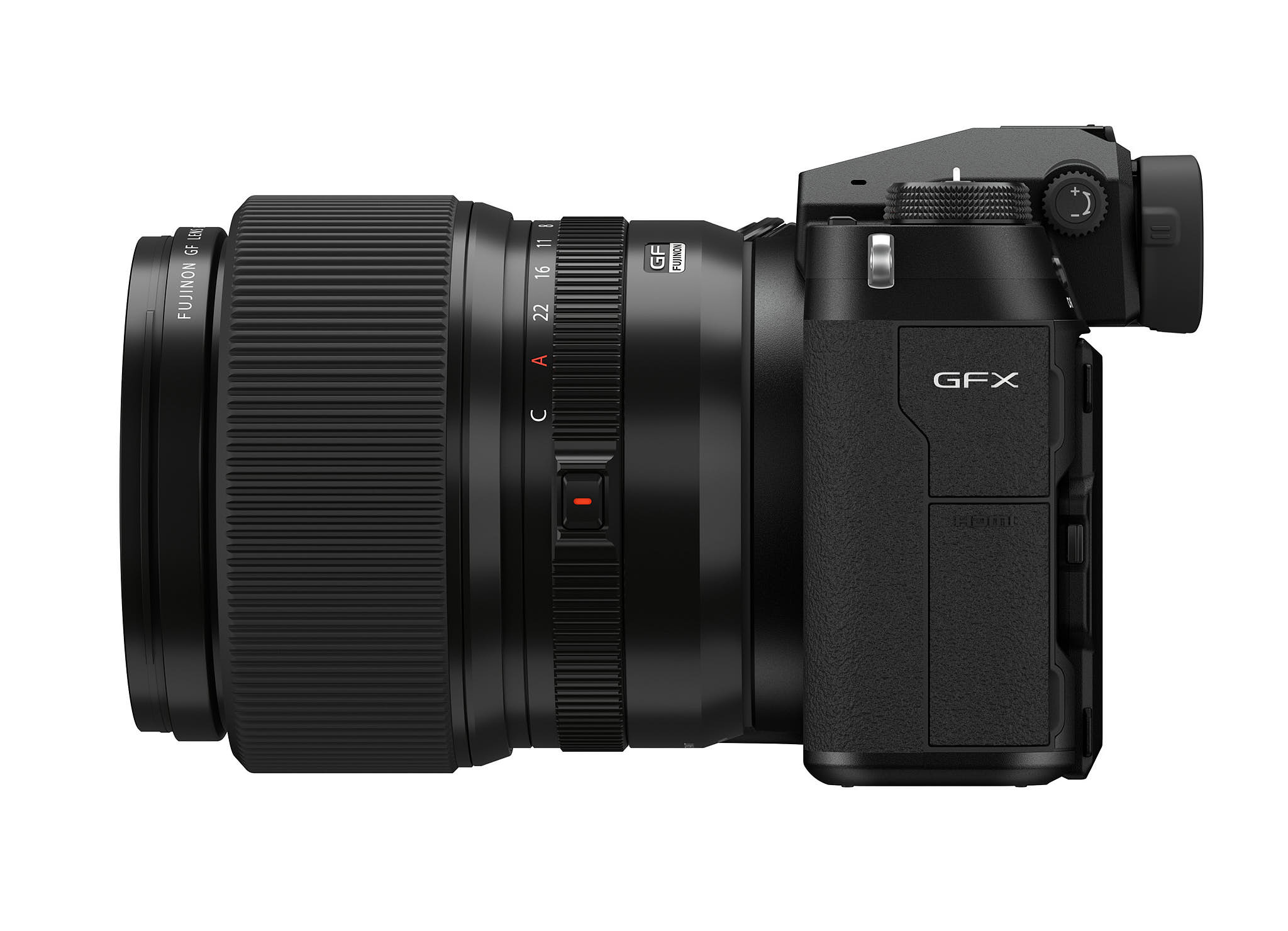
Here are the key improvements and what it means to the user experience, as compared to the GFX 50R:
Design
- Better low light performance with the pixels being able to capture more light 100% more pixels for better detail
Phase detect autofocus across nearly the whole sensor
- Much better autofocus performance especially in low light (-5.5 EV vs. -2.5 EV for the previous contrast detect only system)
- Much less focus hunting since the system no longer needs to find contrast to find the optimal focus
X-Processor 4
- Greatly improved camera responsiveness when moving between images or in the menus, and improved autofocus performance due to the processor being able to manage a higher workload
In Body Image Stabilization (IBIS)
- This alone makes the upgrade worthwhile as IBIS is truly a game changer on any camera, and especially on a medium format system where the lenses tend to be a bit slower (smaller aperture)
- The extra 3-4 stops of real-life improvement when hand holding means that we’ll be able to use the GF110 at 1/100 with tack sharp images vs. on the non-IBIS bodies where we need at least 1/250 and often 1/350
PSAM dial
- While I’m not a fan of this traditional DSLR setup, it seems the rest of the camera world is, so I expect we will see many more users migrate to Fujifilm because of this design choice, which ultimately means more market share for Fujifilm and greater financial strength, which benefits all of us on the platform
New battery
- In body charging via USBC interface and interoperability between the X-T4 and GFX 100S for those of us that already have the X-T4
Design
- While not directly related to usability, readers here know that I care about how a device looks and the new GFX 100S certainly looks fantastic
- The joystick looks to be greatly improved with more surface area and more like a Playstation button than the toothpick that Fujifilm had used in the past
- They got rid of the ugly hump back on the GFX50S and also cleaned up the button, labels, and other distractions Many will hate the loss of the d-pad, but I never actually missed it on the GFX 50R, and sometimes find it annoying on the X-T4 because I keep pressing buttons accidentally
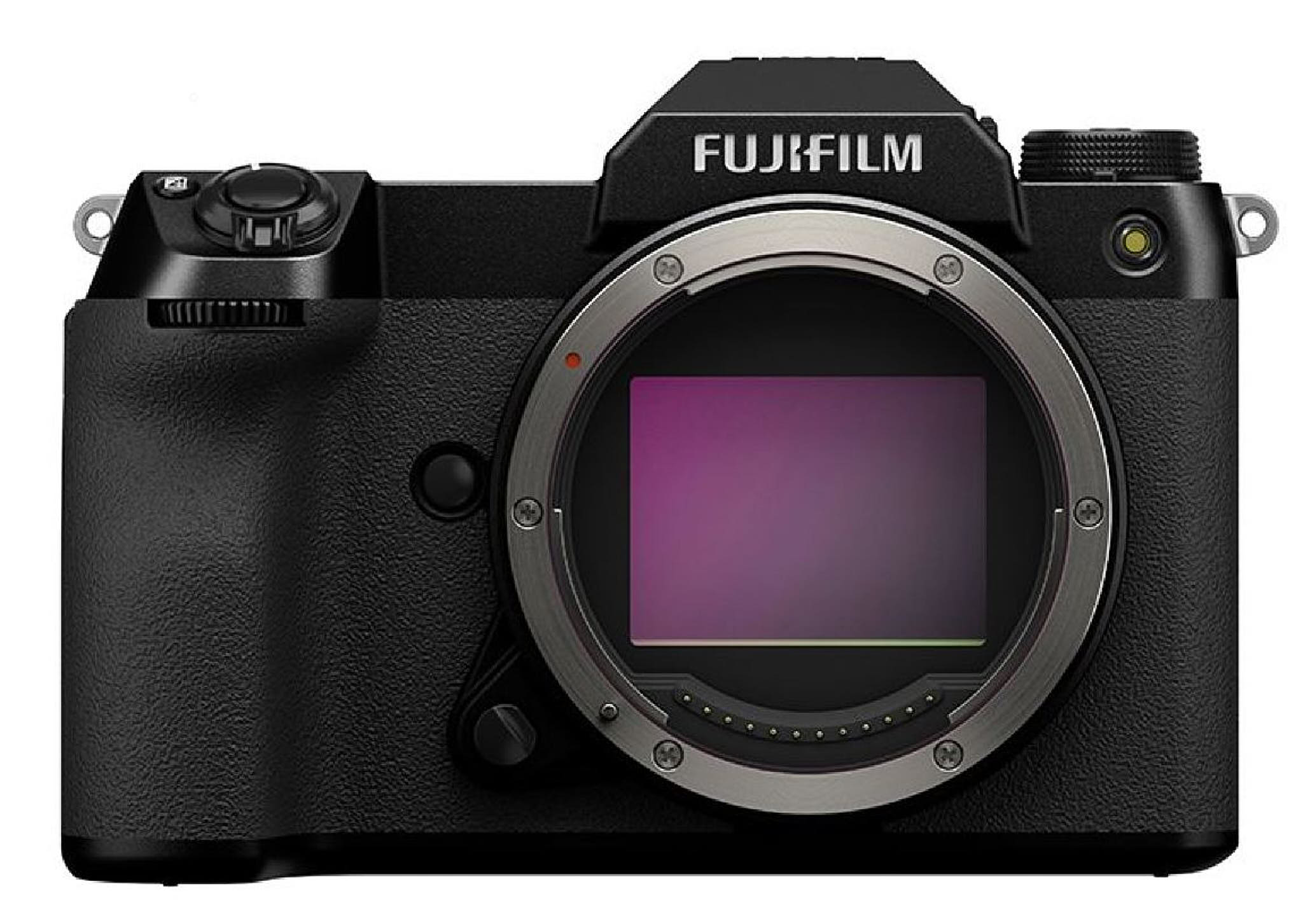
Even with just IBIS or the improvements in autofocus, the GFX 100S would have been a strong buy for me, but with all of the above, it’s a definite, 100% sure, no chance I won’t get it, buy. In fact, I’ve already contacted my Fujifilm dealer in Hong Kong to let them know I want to be in the first batch. The rumours state that cameras will start arriving to customers in late February so it’ll be just in time for when travel hopefully starts to open up a tiny bit.
In addition to the GFX 100S, Fujifilm is expected to announce the GF80MM F1.7 lens (GF80). This is another must buy for me and the lens we’ve all been waiting for. It will finally stop all of the insecure full-frame folks from hammering at us that we don’t have a fast lens in the system. I would argue that the staggering GF110 F2 (GF110) is a fast lens with it’s background obliterating bokeh, but F1.7 will surely help us win keyboard debates for many years to come.

Putting aside the half jokes, the GF80MM has one very important characteristic that will make it a very compelling lens, its size. It looks to be much smaller and lighter than the GF110 and just a bit bigger than the tiny GF63 F2.8 (GF63). While I’ve never regretted hauling the GF110 around on trips, I’ve always wished it was smaller; the GF80 will become my new travel lens for when I want to take street portraits or want monster bokeh.
While 2020 was a terrible year, it’s looking like 2021 is off to a good start. First, we have people being vaccinated to stop this terrible virus, second, we had the monumental improvement in computing technology with Apple introducing the M1 chip in the MacBook and Mac Mini lineup, and third, we’re seeing great leaps forward in camera technology with the GFX 100S, and exciting cameras like the just announced Sony A1.
Let’s hope that things continue on a positive trajectory and that we’ll all soon be able to use all of this new technology as we restart our travels around the world in 2021! As soon as I have my GFX 100S and GF80 in hand, I’ll be sure to share my first impressions with you. If you have any questions, please comment below, it doesn’t require a login or account.
The camera is expected to be available in late February and is rumoured to cost US$5,999. Here’s the press release as per Nokishita:
Powered by Fujifilm’s high-performance X-Processor 4 quadcore CPU, GFX 100S utilizes its 102MP, back-illuminated large format CMOS sensor to create truly stunning results. Create remarkably detailed still images that possess amazing color fidelity, and rich shadow detail, with enough dynamic range to allow for astonishing push and pull adjustments in post-production. Or, use Pixel Shift Multi-Shot to create ultra-high resolution 400MP stills with remarkable detail. In video mode, record 4K/30p footage in 10-bit F-log or 12-bit ProRes RAW, with an incredibly beautiful depth of field, for a look that is made for the silver screen.
Small, But Steady
Sitting at the heart of GFX 100S is a newly developed shutter and In-Body Image Stabilization (IBIS) system that helps ensure you always make the most of the extreme resolution of the camera’s 102MP imaging sensor. While reduced in size, compared to their counterparts in GFX 100, both elements offer incredible performance, with the new shutter capable of 5fps continuous shooting and the unique, five-axis IBIS now working in conjunction with GF Lens Optical Image Stabilization (OIS) to provide up to 6 stops of correction. With such outstanding performance, GFX 100S frees you from a tripod and lets you keep creating even when the light is low.
The Sharp End of AF Technology
With an advanced phase detection autofocus (AF) system, GFX 100S spearheads a whole new era of large format digital camera systems. An updated autofocus algorithm brings subjects into focus in as quickly as 0.16 sec, even in light levels as low as -5.5EV. This extraordinary performance is strengthened by the presence of phase-detect autofocus pixels across nearly 100% of the frame, resulting in complete precision regardless of where the subject is. Combined with responsive tracking and reliable Face/Eye Detection, GFX 100S lets large format photographers enjoy reliably accurate AF, even in low-contrast situations.
Large Format Has Never Felt Like This
The GFX system already has a strong reputation for taking high-resolution photography out of the studio and into the world, but GFX 100S takes it even further. Not only does it have a super-tough magnesium-alloy casing, but it is also made to operate in temperatures as low as -10ÅãC and to be dust- and weather-resistant for those off-road moments. At less than 900g, its compact body is comparable in size to many full-frame cameras, but it contains an incredible, 102MP sensor that’s almost twice the physical size of the typical full-frame sensor! Simply put, whether you are creating handheld portraits on location, or framing landscapes in the remote wilderness, GFX 100S will truly let you harness the extreme power of large format.
Iconic Color Made For You
Fujifilm’s expertise in color science is legendary among image makers. For more than 86 years, Fujifilm has been responsible for some of the world’s most iconic photographs and movies. GFX 100S gives you access to this wealth of experience at the touch of a button, powered by one of the world’s most widely acclaimed digital color processing engines. With a choice of 19 exclusive FUJIFILM Film Simulation modes, it is easy to achieve fantastic color, straight out of the camera. With a new Film Simulation mode to explore – Nostalgic Neg. – it may just be worth it to spend a little more time here than you originally thought.
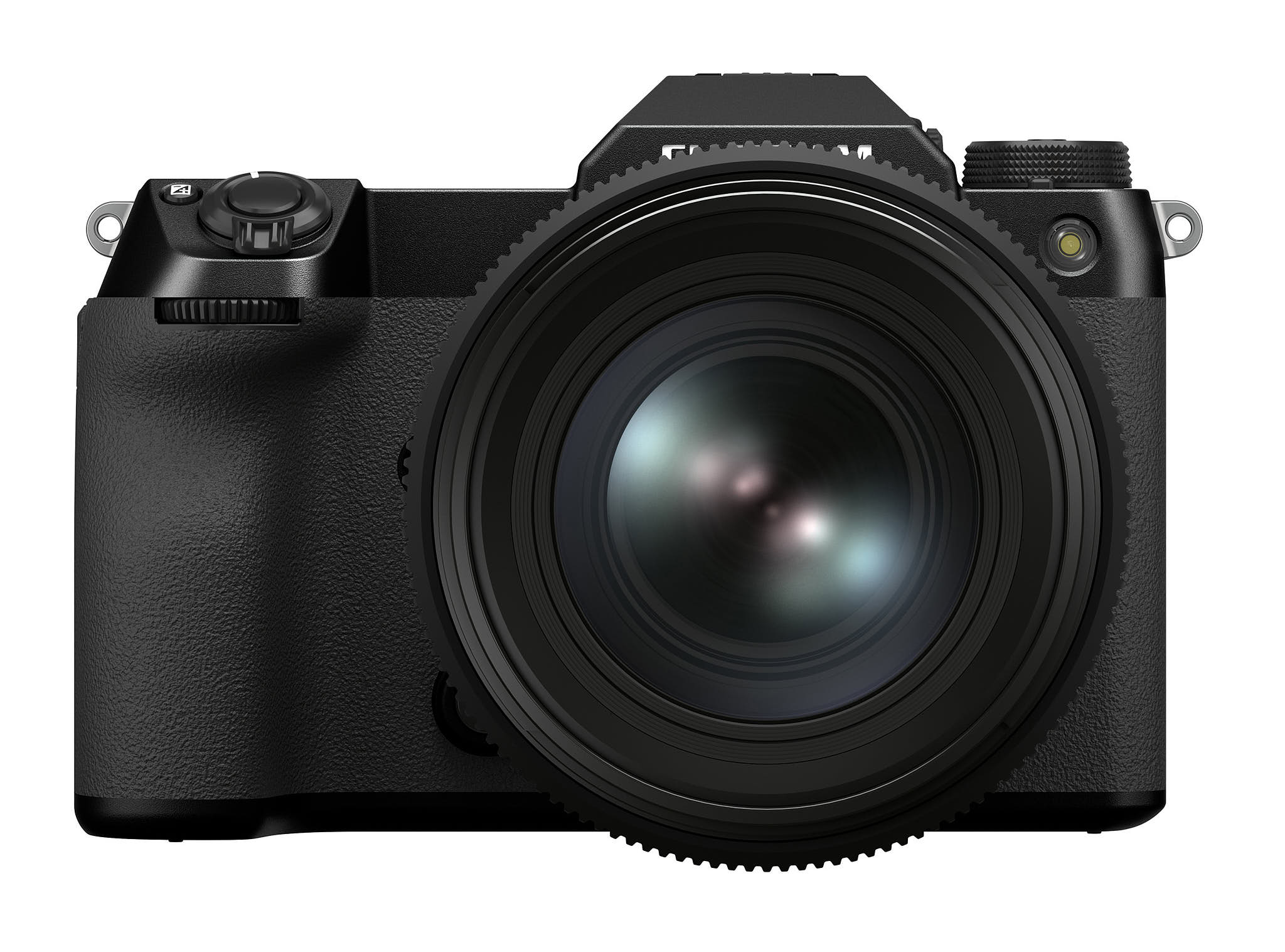
Discover more from fcracer - Travel & Photography
Subscribe to get the latest posts sent to your email.

